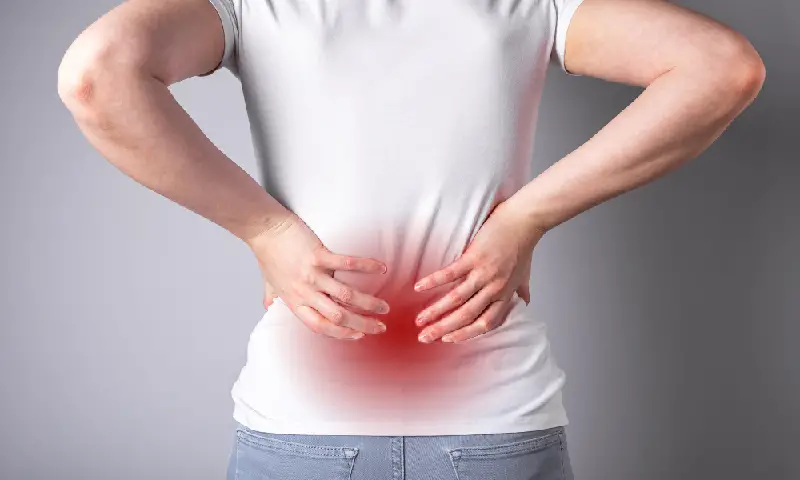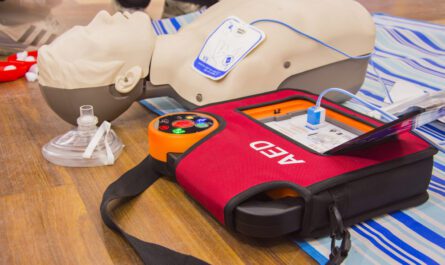Shooting pains, also known as lancinating or stabbing pains, are sudden, intense sensations that can occur anywhere in the body. These sharp and electric-like pains can vary in duration and severity, often causing discomfort and interfering with daily activities. Here’s an overview of shooting pain, including their causes, symptoms, and potential treatments:
Causes of Shooting Pain:
Nerve Compression or Irritation:
Nerve compression or entrapment occurs when a nerve is compressed or pinched, leading to shooting pain along the affected nerve pathway. Conditions such as herniated discs, spinal stenosis, or carpal tunnel syndrome can cause nerve compression, resulting in shooting pain that radiates from the spine or affected area to other parts of the body.
Injury or Trauma:
Direct trauma to nerves, muscles, or surrounding tissues from accidents, falls, or sports injuries can result in shooting pains.
Musculoskeletal Injuries:
Injuries to muscles, tendons, ligaments, or bones can result in shooting pain localized to the injured area. Muscle strains, ligament sprains, fractures, or traumatic injuries from accidents or falls can all lead to shooting pain, especially during movement or weight-bearing activities.
Inflammation:
Inflammatory conditions like arthritis, tendonitis, or bursitis can cause shooting pains due to swelling and irritation of tissues.
Neuropathic Conditions:
Neuropathic conditions, which affect the nerves themselves, can cause shooting pain as a primary symptom. Examples include diabetic neuropathy, which results from nerve damage due to high blood sugar levels, and postherpetic neuralgia, a complication of shingles that causes shooting pain in the affected area even after the rash has healed.
Infections:
Certain infections, such as shingles (herpes zoster) or Lyme disease, can cause shooting pain as part of their symptomatology.
Underlying Medical Conditions:
It is possible for conditions such as multiple sclerosis, fibromyalgia, or trigeminal neuralgia to manifest with shooting pain as either a main or secondary symptom.
Symptoms of Shooting Pains:
Sudden Onset:
Shooting pains typically occur suddenly and without warning, often described as electric shocks or jolts.
Radiating Sensations:
It’s possible that the pain will travel via certain neural pathways, travelling from one portion of the body to another all across the body.
Intermittent or Continuous:
Depending on the underlying reason, an individual may have shooting sensations that are either intermittent, happening in small bursts, or persistent.
Accompanying Symptoms:
Depending on the underlying condition, shooting pain may be accompanied by other symptoms such as numbness, tingling, weakness, or muscle spasms.
Treatment Options for Shooting Pain:
Pain Management:
Over-the-counter or prescription pain medications, including nonsteroidal anti-inflammatory drugs (NSAIDs), acetaminophen, or opioids, may help alleviate shooting pains temporarily. you ca n also try Pain O Soma 500 for your pain
Physical Therapy:
Participate in physical therapy sessions that are individualized to target your particular ailment. Physical therapists are able to give exercises that may help strengthen muscles, increase flexibility, and correct posture, all of which may help minimize shooting sensations over time.
Nerve Blocks or Injections:
By administering nerve blocks or corticosteroid injections, a medical professional may be able to provide some relief for a short period of time. In order for these operations to be effective, the nerve that is affected is either numbed or the inflammation is reduced.
Medications:
Depending on the underlying cause, medications such as anticonvulsants, antidepressants, muscle relaxants, or topical agents may be prescribed to manage shooting pain and associated symptoms. also Check Prosoma 500
Complementary Therapies:
Techniques such as acupuncture, acupressure, massage therapy, or transcutaneous electrical nerve stimulation (TENS) may offer relief for some individuals experiencing shooting pain.
Surgical Intervention:
In cases where conservative treatments fail to provide adequate relief, surgical procedures such as decompression surgery, nerve repair, or spinal fusion may be considered.
It’s essential to consult with a healthcare professional for proper diagnosis and treatment of shooting pains, as the appropriate approach will depend on the underlying cause and individual circumstances. By addressing the root cause and implementing a comprehensive treatment plan, individuals can effectively manage shooting pain and improve their quality of life.







